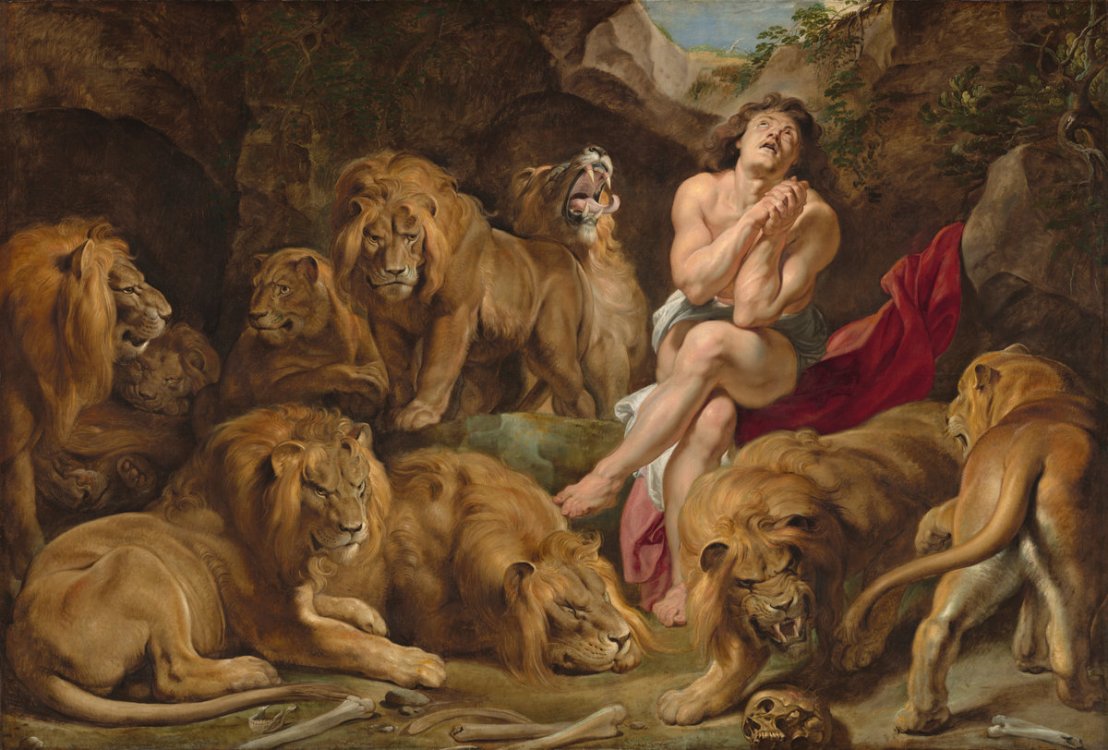July 22nd is the feast day of Mary Magdalene. But who is she, and how to recognize her in art? If there had been more gender equality in the days of Jesus, than Mary Magdalene certainly would have become one of the 12 Apostles. She was the number one female follower of Jesus and is generally considered a historical figure. Most likely Mary Magdalene was wealthy, mundane, intellectual and beautiful. Rumors say that Mary Magdalene was a penitent prostitute and the lover of Jesus, that she was washing Jesus’ feet with her tears and drying His feet with her hair and rubbing His feet with precious ointment. These are fantasy stories made up from the Middle Ages onwards. But it’s through these stories that we can identify Mary Magdalene in art: as a beautiful long-haired woman with a perfume or ointment jar, or as a penitent sinner.

Mary Magdalene depicted as a prostitute or sinful woman, whose sins are forgiven by Jesus, was a popular image. As everyone has some sins, big or small, one would love to see a painting with a sinner whose sins are forgiven and who sees the light of salvation. So let’s now look at this painting by El Greco. It’s the ecstatic moment when the penitent Mary Magdalene converts to the heavenly light and the skull representing her earthly mortality is rolling out of her hand. And of course in the left bottom comer is the omnipresent ointment jar.

Another story is about Mary Magdalene wiping and anointing Jesus’ feet with precious perfume or ointment. Or washing His feet with her own tears and drying with her long hair. That’s pretty dramatic and will certainly appeal to any sinner who is looking for forgiveness.

As a historical figure, Mary Magdalene most likely was present when Jesus was crucified. See hereunder the crucifixion triptych by Rogier van der Weyden. And just so that we do not mix up Mary Magdalene with anyone else, she is the person carrying the jar with the perfume or ointment. The jar is Mary Magdalene’s traditional attribute and a great trademark to recognize her in art.


